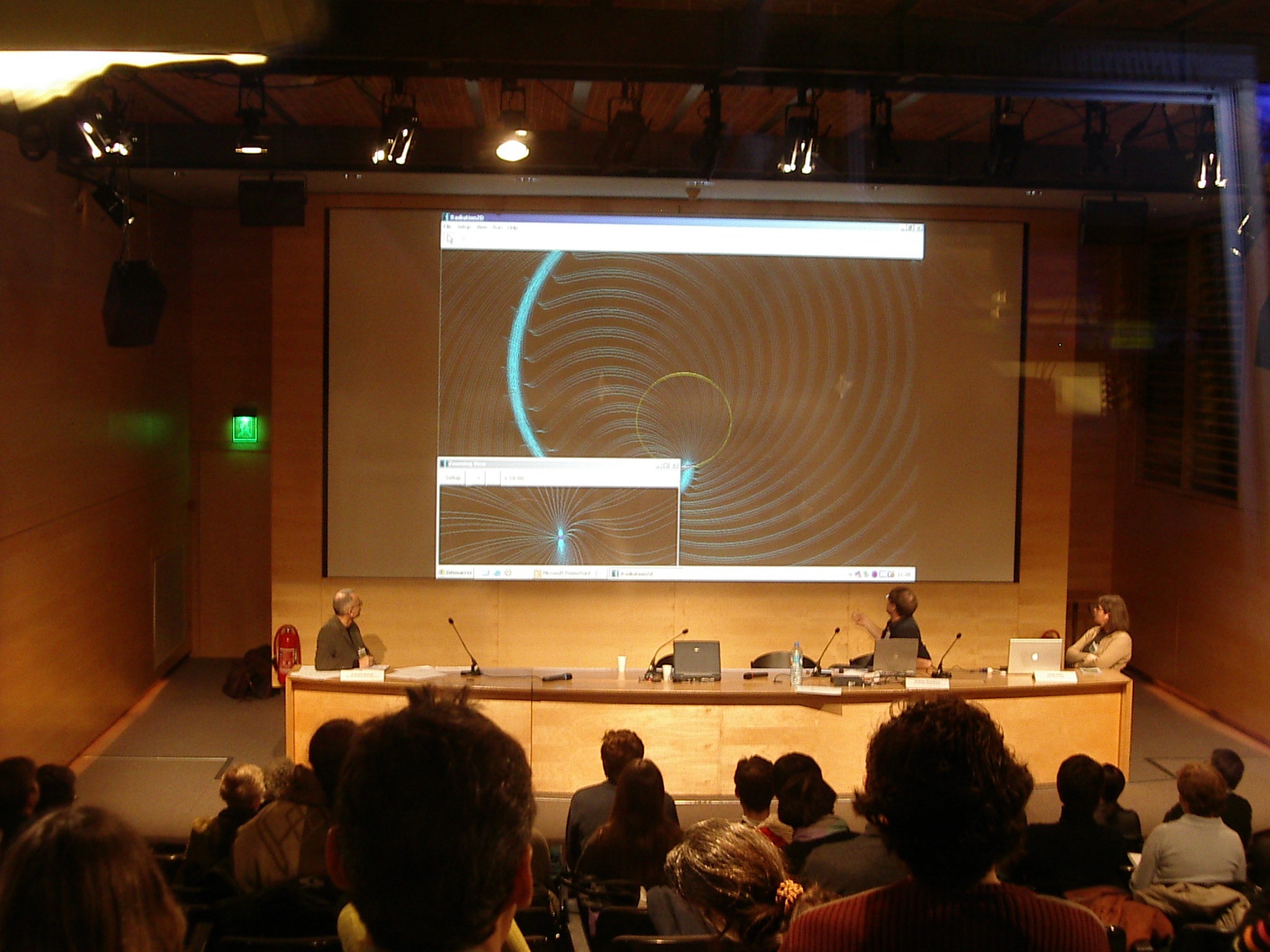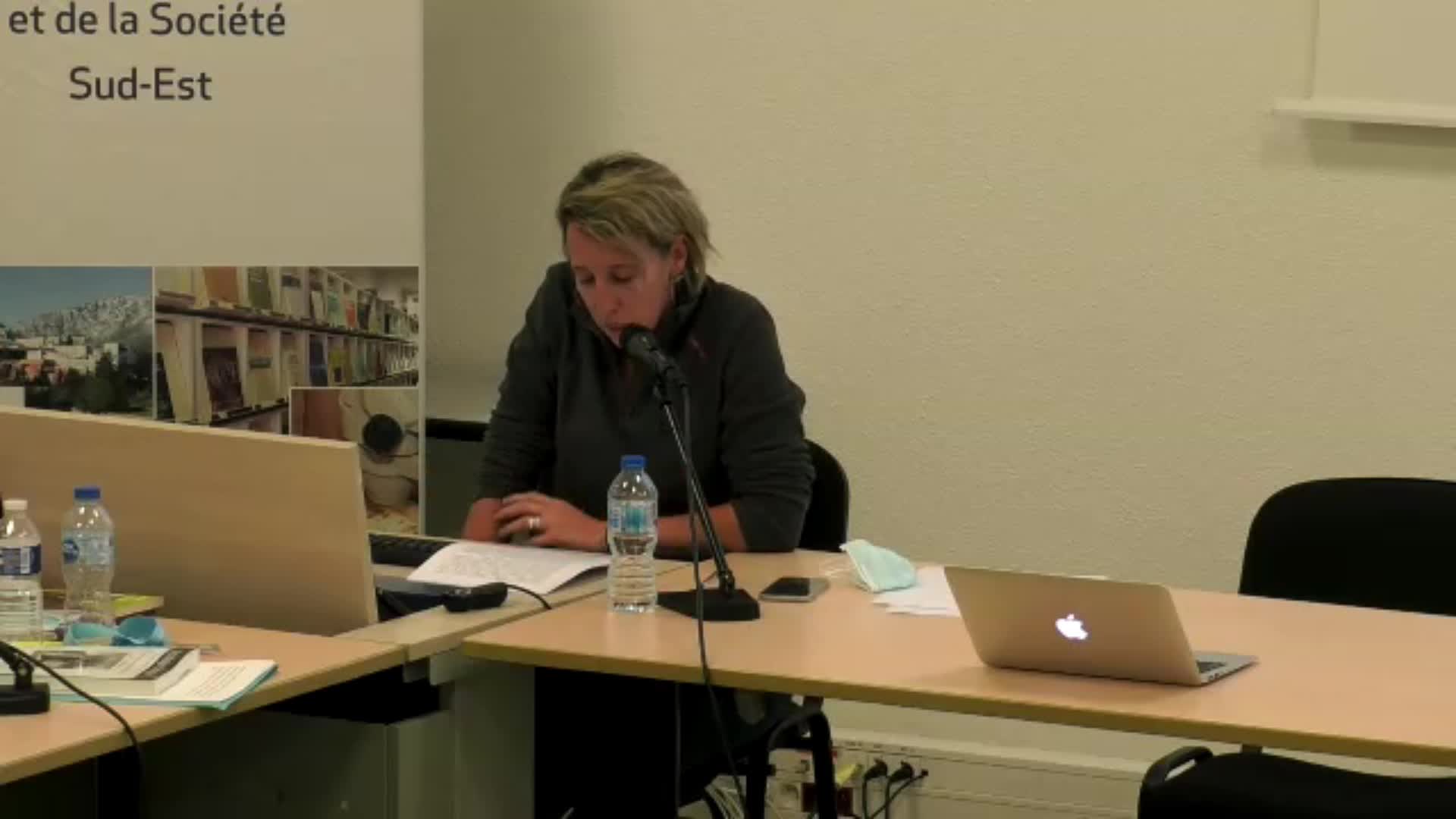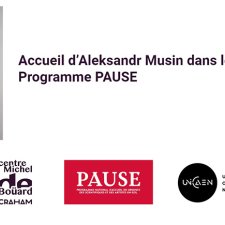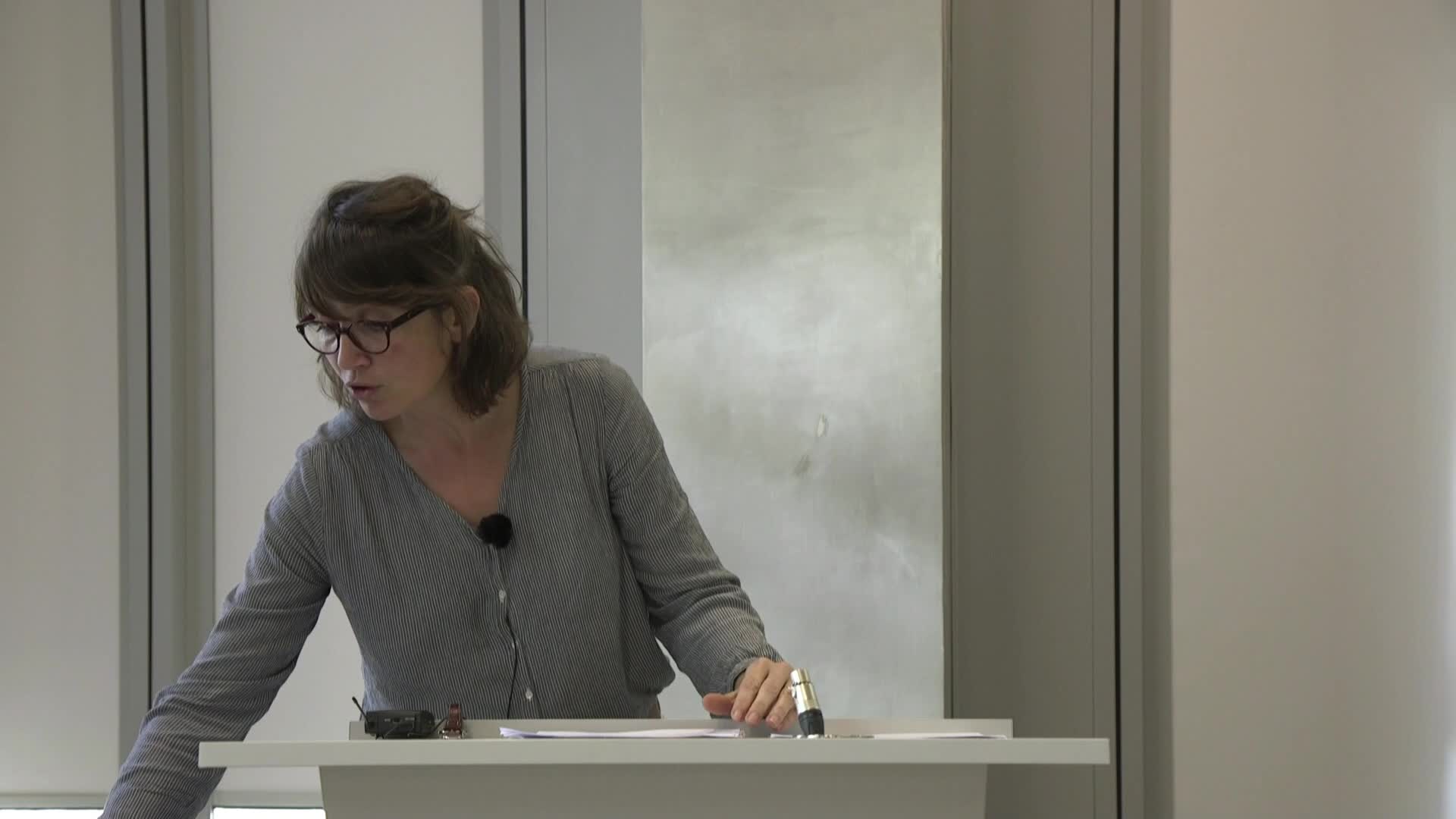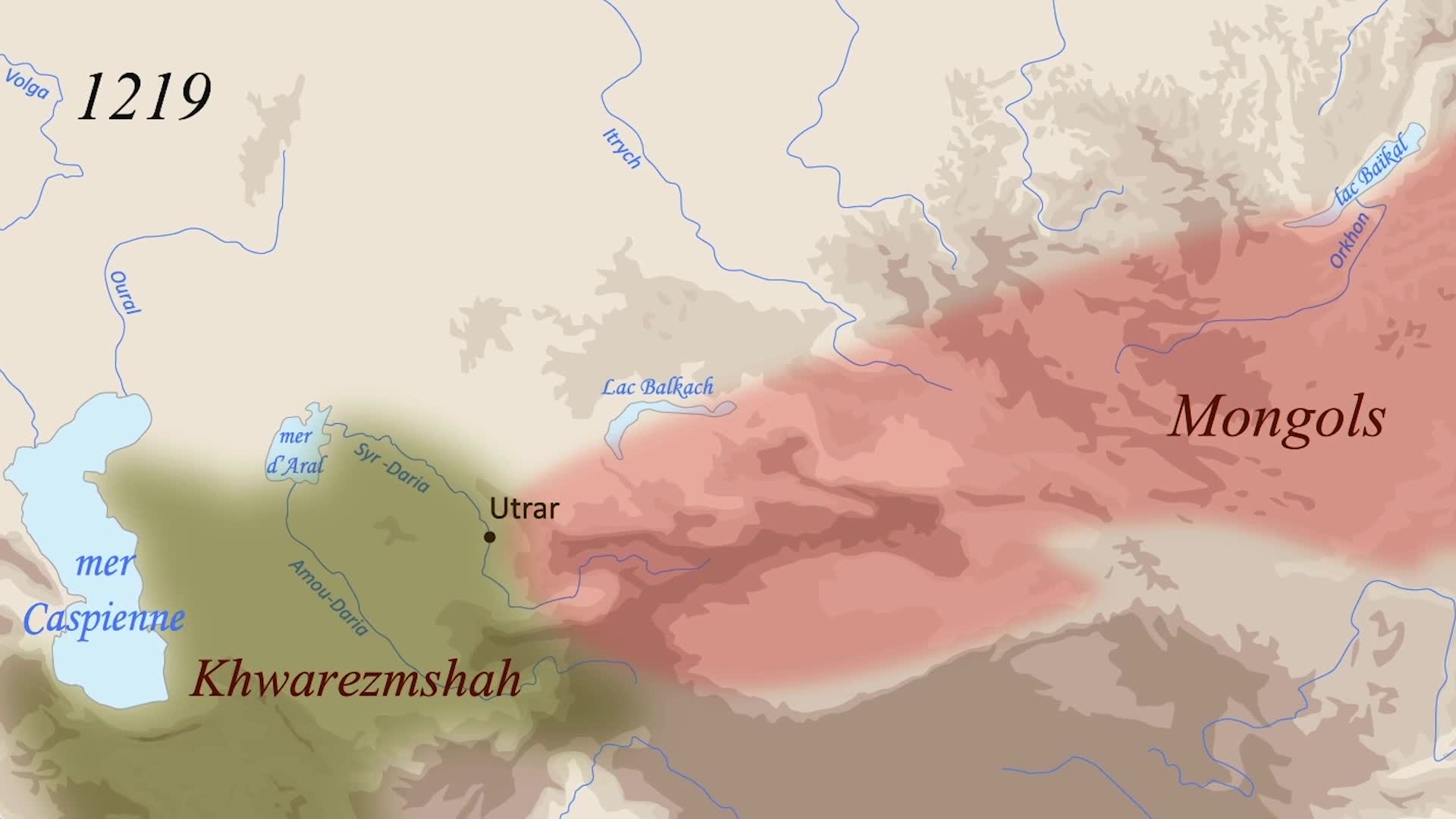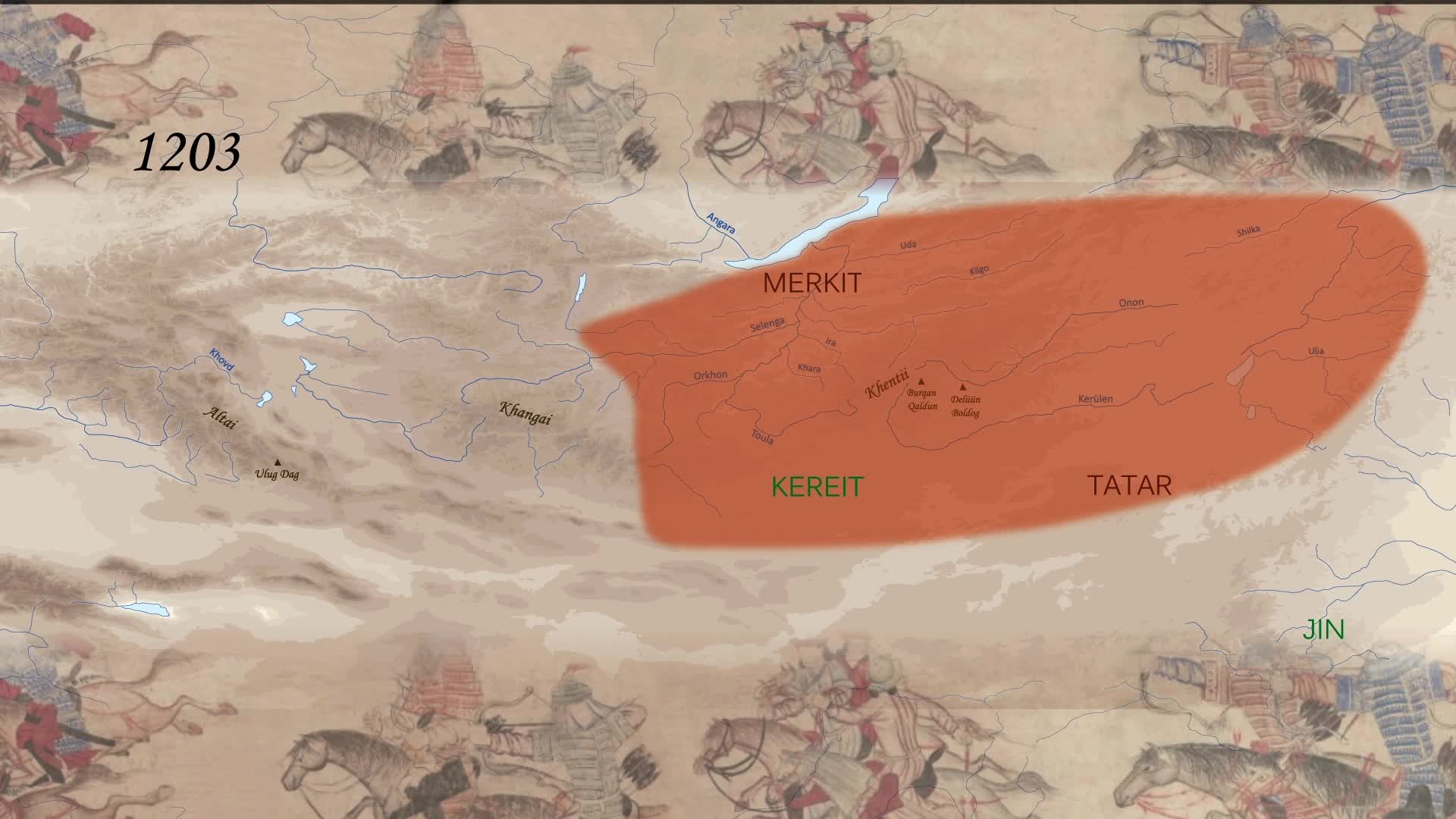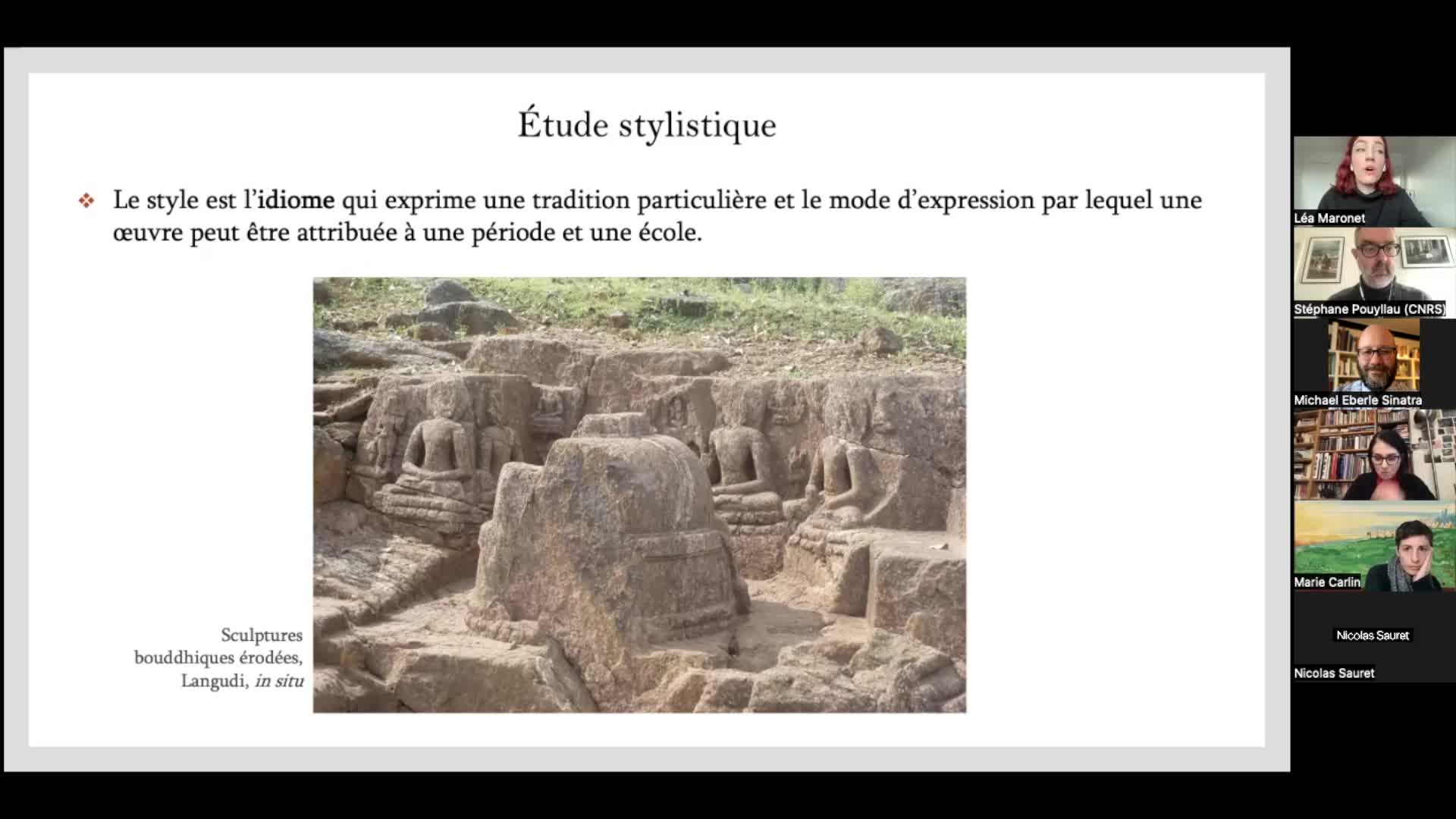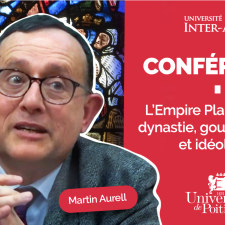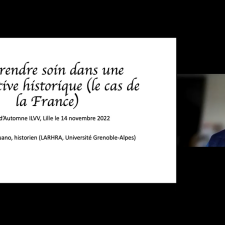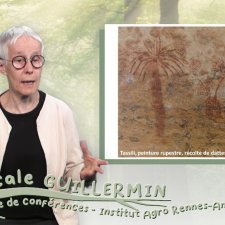Notice
L'architecture du vivant
- document 1 document 2 document 3
- niveau 1 niveau 2 niveau 3
Descriptif
A l'occasion de l'année de la physique, ce colloque est destiné à présenter comment se met en place un débat interdisciplinaire, en analysant quel est l'apport de la physique aux sciences du vivant. La physique en effet redéfinit son rôle en prenant en compte les avancées dans les autres domaines de la science.
Ce colloque est organisé par le Centre Koyré (centre d'Histoire des Sciences et des Techniques, Muséum National d'Histoire Naturelle) et l'association "Entre-Sciences"
Intervention / Responsable scientifique
Thème
Documentation
Résumés des interventions
Michel Morange, ENS & Paris VI, The Interactions Between Physicists and Biologists: Where Do the Difficulties Come From?
The objective of this lecture will be to look for the roots of the difficulties to do « Entre Sciences » work, and in particular to combine physical and biological approaches. One of the main difficulties comes from the use by each discipline of multiple explanatory schemes, distinct from one discipline to another. Therefore, to do an interdisciplinary research is to articulate différent explanatory schemes. 1 will provide many examples of the différent explanatory schemes at work today in différent fields of research, and of the difficulties faced by scientists te, articulate them.
L'origine des difficultés d'un travail « entre sciences », en particulier entre la biologie et la physique, réside dans la nécessité d y articuler différents schèmes explicatifs, chacun propre à l'une des disciplines. L'objectif de cette conférence sera de donner de nombreux exemples de cette multiplicité des schèmes explicatifs nécessaires aujourd'hui pour rendre compte des faits biologiques, et des difficultés à les articuler.
L'architecture du vivant / The Architecture of the Living
Eric Karsenti, EMBL, Heidelberg, Self-Organization Process in Living Matter
Living systems are built of special molecules that evolved over million of years. Beyond their interesting reproduction properties, those systems generate dynamic patterns endowed with specific activities and collective behaviours. In this presentation I am going to show, using the mitotic spindle as an example, how successive symmetry breaking events in the cytoplasmic environment lead to the emergence of complex sub cellular dynamic patterns. I will show how réaction diffusion processes can lead to the establishment of spatially defined steady state cytoplasmic states that constrain the self organization of structural elements into stable, robust, dynamic systems, capable of achieving complex work like the précise segregation of chromosomes during mitosis.
Finally, I will discuss how a fusion between the activity of biologists and physicists in the Cell Biology and Biophysics program at EMBL bas allowed to address such complex morphogenetic questions efficiently and in a concrete manner.
Andrew Thompson, Synchrotron Soleil, Gif S/ Yvette. Synchrotron Radiation and Structural Biology an Unexpected Symbiosis
Even as recently as the mid 1980's, synchrotron radiation sources, although used for data collection from crystals of biological macromolecules, was a useful but probably not essential tool for structural biologists. Since then the field has been revolutionised cryogenic cooling of samples changed allowed much more difficult samples te, be studied (previously it was unthinkable to solve a structure with a single crystal sample, and some crystallisation protocols are far from being reproducible), film was replaced by image plates and then CCD's as the imaging detector, with enormous increases in data quality and case of use X ray beams became more stable and subtle tools, permitting measurements of tiny anomalous signals with high reliability the improvement in data quality from the above stimulated innovative approaches to data analysis and reduction, and the automation of structure solution. The above changes will be presented from a historical perspective, and the way in which structural biology bas evolved at bewildering rapidity alongside these changes will be discussed. Some extrapolation to the future of structural biology will be made.
Cécile Sykes, Institut Curie Paris, Cellular Motions
Molecules inside our cells are increasingly well known, and have interesting self assembly properties that are involved in two very important mechanisms of the life of a cell: its division and its movement. The scale at which we study cell movements is intermediate between the molécule and the entire cell.
Our cells move by complicated internal mechanics: by pushing their membrane from the inside, they deform and move, since they adhere on the extracellular matrix. The chemical energy that assembles and organizes the molecules during this process is then transformed into mechanical energy. Some bacteria move inside cells by using the same type of machinery. I will show that we can now mimic their movement in vitro, and derive from the experiments the physical laws that explain their displacement. I will show also that these experimental stripped down systems are used for the biochemical study of molecule assembly.
Réfléchir sur l'interdisciplinarité / Interdisciplinarity Issues
Marilyn Strathern, University of Cambridge (UK). Interdisciplinarity: Some Models from the Human Sciences
While the idea of interdisciplinarity ubiquitously signals hopes for new forms of collaboration that will create new combinations from established expertise, forms of extra disciplinary endeavour will vary across disciplines. This paper outlines some current debate in multi / inter / transdisciplinary practices to be found in the Human Sciences. It is written from a UK perspective where over the last decade or so interest has been fuelled by roles the Human Sciences accord themselves in the so called rapprochement between Science and Society.
Karin Knorr Cetina, University of Konstanz, Culture Clashes and Problem Takeovers:: Epistemic Cultures in the Natural Sciences
The notion epistemic cultures challenges the accepted view of a unified science. It predicts that the meaning of the empirical, the construction of objects and object relations and the fashioning of epistemic subjects and social coordination will vary across sciences, and that the diffèrent cultures of knowing will make interdisciplinary work difficult and problematic. It also predicts that cultural adjustment will be just as necessary in the sciences as it is in the corporate world, where corporate cultures clash and the clashes tend to outlast efforts at intégration that regularly accompany mergers and acquisitions. In this paper, I will take the. example of high energy physics to illustrate fundamentally diffèrent epistemic strategies in the area of consensus formation. I will also discuss how and why cultural différences can be overcome by problem takeovers, a notion that contrasts with that of trading zones and can be used to understand Entre Sciences developments.
Physique instrumentale et biologie / Instrumental Physics and Biology
David Bensimon, ENS, Single Molecules Studies of DNAlProtein Interactions
The recent developments of single molecule manipulation tools as opened a new vista on the study of biological processes at their most fundamental level. We have developed an original method to manipulate single molecule: the magnetic trap, which allows for a detailed analysis of molecular motors, enzymes that convert chemical energy into mechanical work. In the past few years we have used that technique to study a number of enzymes whose interaction with DNA is of prime importance: DNA polymerases (the enzymes responsible for the replication of the molécule), topoisomerases (the enzymes responsible for unknotting and disentangling DNA), helicases (the enzymes responsible for unzipping the molécule), etc. We have been able to monitor in real time the activity of these proteins and measure their rates as a function of force, ATP concentration, ionic conditions, etc. Thèse studies have shed a new light on the fonction of these enzymes. In particular they have shown that their activity and processivity is many times larger than previously estimated from bulk data.
Vincent Croquette, ENS, Applying Magnetic Tweezers to Study Single DNA Motors.
We have developed a magnetic tweezers setup that allows us to stretch and to twist one or two DNA molecules, and so to control the extension, the supercoiling or the braiding state of DNA molécules. This single DNA micromanipulation experiment permits one to monitor in réal time the activity of DNA processing enzymes through the nanometer scale change of extensions that they produced. In particular, the réplication of DNA involves enzymes such as Helicases, polymerases and Topoisomerases. The understanding of the molecular mechanisms involved in those processes is far from perfect and the kinetics is mostly known from bulk experiments where it is hindered by the diffusion step required by the enzyme to find its substrate.
We shah describe our measurements of the kinetic properties of a few enzymes among helicases, topoisomerases, transcription factors, translocase and chromatin remodeling factor. We have evidence that those enzymes are active during bursts, presenting a well defined velocity but random duration and processivity.
Comment fonctionne le cerveau ? / How Does the Brain Function?
Jean Pierre Changeux, Collège de France, Physique, chimie et neuroscience
La physique et les physiciens ont, au cours de l'histoire, fait bénéficier la biologie de leurs découvertes et des développements de leur instrumentation. Réciproquement, la biologie a suscité de nombreuses questions qui ont interpellé, souvent avec succès, les physiciens. Dans le cadre des progrès récents de la Neuroscience, le bilan est particulièrement positif avec: sur le plan theorique, le développement de nouveaux modes de traitement de l'information par le cerveau et sur le plan technologique, la mise au point de nouvelles méthodes d'observation de l'activité nerveuse au niveau cellulaire, au niveau des réseaux de neurones comme au niveau de l'ensemble du cerveau. Ces développements sont illustrés sur l'exemple de l'accès des signaux sensoriels à l'espace conscient.
Rava da Silveira, ENS Paris, A "Nouvelle Cuisine "for the Brain?
We shall discuss some aspects of the role of quantitative and mathematical approaches in the understanding of brain anatomy, physiology, and function, through examples of current research. We shall focus upon examples of neural processing in vision, and in particular processing of visual inputs by the retina, and possibly of issues of anatomy and signal processing in the cerebral cortex. In these examples, theory interplays with experiment and each requires the other for progress. Along the way, we shall attempt to illustrate questions such as: what is the relation between theory and experiment? How do quantitative approaches impact biological understanding? Do physics approaches stimulate new questions, tools, or predictions?
Vincent Hakim, ENS Paris, "Statistical Physics and Neurophysiology: two Recent Questions"
I will try to show that statistical physics techniques can help to analyse some questions of neurophysiology, using the two examples of oscillations in neural assemblies and of the distribution of synaptic strengths at a particular cerebellar synapse.
La physique peut-elle aider à l'accouchement d'une biologie theorique ? / Physics and Theoretical Biology
Evelyn Fox Keller, MIT, Boston,"Contenders for Life of the Dawn of the 21st Century: Physics, Biology, and Engineering"
To attempt to speak of the relations between physics and biology, or of the relations between physicists and biologists, as if these were fixed over both time and change in disciplinary focus, is obviously a foolhardy venture. Yet at the saine time it would be equally unwise to deny the existence of certain conspicuous themes, sources of tension if you will, that have resurfaced repeatedly over the years and that have proven central to the complex and sometimes tortured history of the relations between these sciences. I would describe two of the more important sources of such tension in ternis of the often dramatic différences in the significance attributed on the one hand to particularity and on the other, to temporality. I will not attempt here to review the history of the relations between physics and biology (in any case, I've written on this elsewhere), but I do want to focus on the ways in which these historic themes can be seen to play out in the varions perspectives currently being brought to discussions of the role and meaning of self organization in biological systems.
Jean Pierre Nadal, ENS Paris,Analysis and Modelling of Collective Phenomena in Biology
In this talk I will try to show how concepts and tools borrowed from physics might be useful for modeling biological systems. This will be illustrated by specific examples concerning the study of networks, such as neural networks or gene regulatory networks. I will insist on the necessary interdisciplinary nature of a modeling activity: on one side, formally similar problems arise in différent scientific domains; on the other side a given problem is more efficiently studied by the use of techniques coming from différent disciplines. Conceming more specifically the contribution of physics to biology, I will discuss the relevance for biology of the notion of "collective phenomena", which is of interest for any system composed of a large number of interacting elements, and for which statistical physics provides appropriate modelling tools.
Dans la même collection
-
Comment fonctionne le cerveau ?
ChangeuxJean-PierreHakimVincentAzeredo da SilveiraRavaA l'occasion de l'année de la physique, ce colloque est destiné à présenter comment se met en place un débat interdisciplinaire, en analysant quel est l'apport de la physique aux sciences du vivant.
-
Ouverture du colloque
ProcoliAngelaA l'occasion de l'année de la physique, ce colloque est destiné à présenter comment se met en place un débat interdisciplinaire, en analysant quel est l'apport de la physique aux sciences du vivant.
-
Physique instrumentale et biologie
BensimonDavidCroquetteVincentA l'occasion de l'année de la physique, ce colloque est destiné à présenter comment se met en place un débat interdisciplinaire, en analysant quel est l'apport de la physique aux sciences du vivant.
-
La physique peut-elle aider à l'accouchement d'une biologie théorique ?
NadalJean-PierreKellerEvelyn Fox-A l'occasion de l'année de la physique, ce colloque est destiné à présenter comment se met en place un débat interdisciplinaire, en analysant quel est l'apport de la physique aux sciences du vivant.
-
Physique et biologie dans un perspective historique
MorangeMichelA l'occasion de l'année de la physique, ce colloque est destiné à présenter comment se met en place un débat interdisciplinaire, en analysant quel est l'apport de la physique aux sciences du vivant.
-
Ouverture de la 2e journée
ReiningLuciaA l'occasion de l'année de la physique, ce colloque est destiné à présenter comment se met en place un débat interdisciplinaire, en analysant quel est l'apport de la physique aux sciences du vivant.
-
Réfléchir sur l'interdisciplinarité
StrathernMarilynKnorr-CetinaKarinA l'occasion de l'année de la physique, ce colloque est destiné à présenter comment se met en place un débat interdisciplinaire, en analysant quel est l'apport de la physique aux sciences du vivant.
Sur le même thème
-
Quand la BD reveille l'Antiquité
LonniMarieGallegoJulieDans ce neuvième épisode, Marie Lonni a pu échanger avec Julie Gallego.
-
Les transformations contemporaines des cabanes de pêcheurs de l'île Sainte-Marguerite.
Rosati-MarzettiChloéProjet soutenu par la MSHS Sud-Est, il émane plus particulièrement de l’axe 1 du LAPCOS « Territoires et environnements : approches plurivoques de l'habiter ». Dans le cadre de l'axe 4 de la MSHS Sud
-
Interview d'Aleksandr Musin dans le cadre du Programme PAUSE
MusinAleksandr EvgenʹevičLe CRAHAM accueille depuis le début du mois de mars 2023 Aleksandr Musin, dans le cadre d'un programme d’accueil de chercheurs en exil piloté par le Collège de France. A. Musin présentera ses
-
-
Usages et interprétations du dessin d’enfant en histoire (Manon Pignot)
PignotManonUsages et interprétations du dessin d’enfant en histoire (Manon Pignot)
-
Empire mongol 3/3 : les campagnes de Gengis Khan (1206-1227)
FavereauMarieLa construction de l'empire mongol du XIIIe siècle reliant la Chine à l'Europe sous l'égide de Gengis Khan. Cette vidéo développe un des thèmes abordé dans l'ouvrage "Atlas des mondes musulmans
-
Empire mongol 2/3 : l'unification des nomades de la steppe
FavereauMarieL'histoire de l'unification des tribus mongols de la grande steppe par Gengis Khan. Prémices de l'empire mongol du XIIIe siècle. Cette vidéo développe un des thèmes abordé dans l'ouvrage "Atlas des
-
Empire mongol 1/3 : la grande steppe
FavereauMarieVidéo présentant la grande steppe berceau de l'Empire mongol. Elle approfondit un des thèmes abordé dans l'ouvrage "Atlas des mondes musulmans médiévaux" , Denoix, S. et Renel H. (éds.), Paris, Cnrs
-
Séminaire HN Lab 1 : Le HTR appliqué à l’histoire de l’Art : présentation du travail de Léa Marone…
Le HN Lab propose un séminaire de recherche qui prend la forme d’une présentation de problématiques théoriques ou pratiques, de présentations de réalisations (achevées ou en cours) d’une durée de 30
-
L'Empire Plantagenêt : dynastie, gouvernement et idéologie
AurellMartinConférence de Martin Aurell dans le cadre de l'Université inter-âges de l'université de Poitiers
-
SÉANCE CONFÉRENCE 1. L'ORGANISATION DU PRENDRE SOIN
CapuanoChristopheSéance conférence 1 : L'organisation du prendre soin" Une approche historique du prendre soin
-
De l'arbre fruitier au verger nourricier
GuillerminPascalePascale Guillermin, maître de conférences à l'Institut Agro Rennes-Angers, parle dans cette vidéo de l'évolution, au cours du temps, du regard et des techniques liés aux arbres fruitiers.


